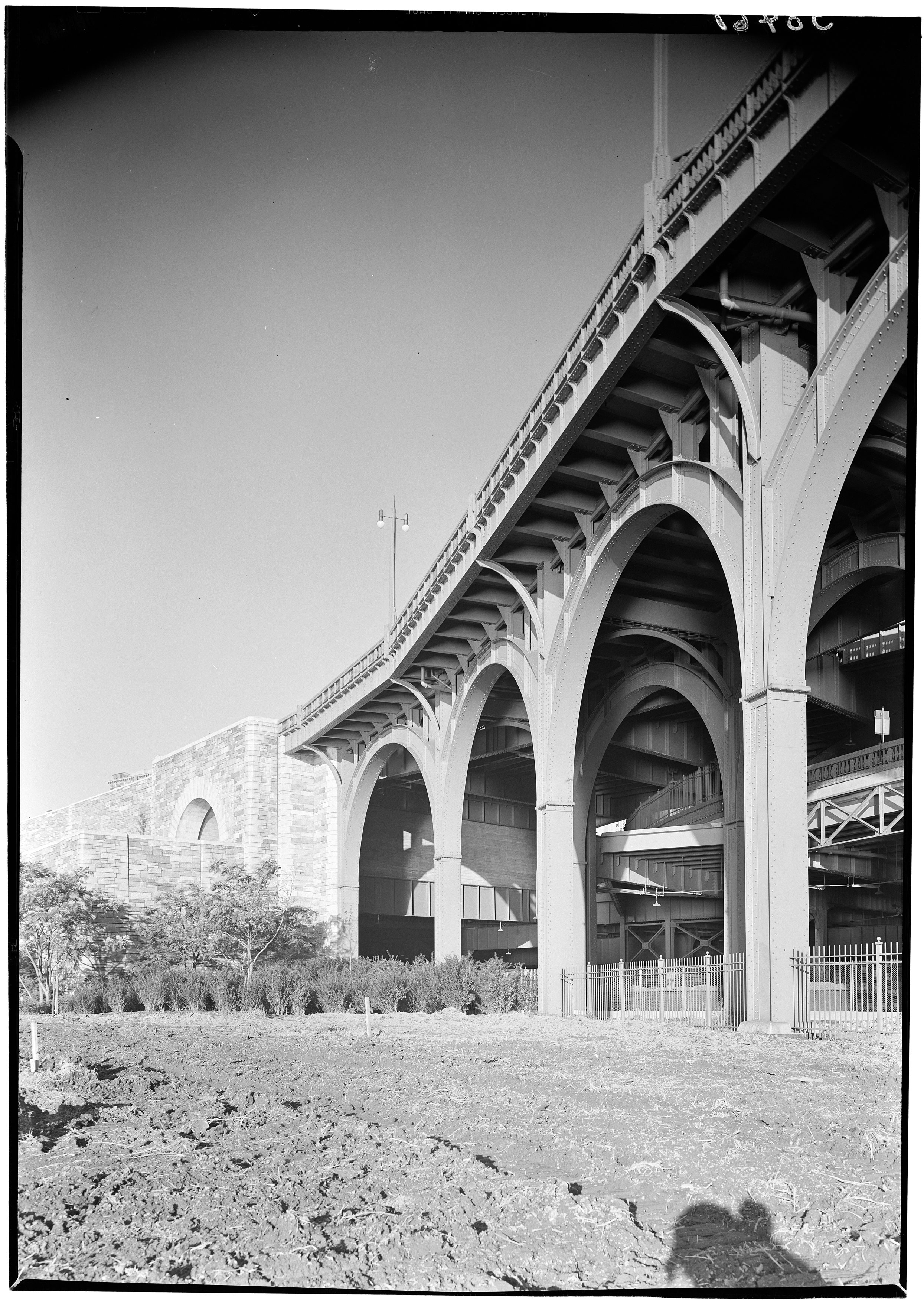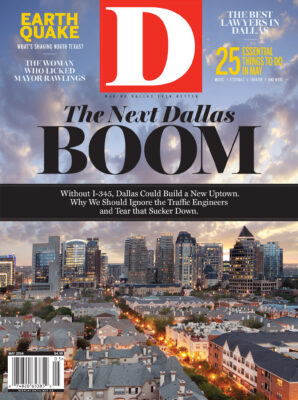
Sam Schwartz was a young traffic engineer at the time, and he was sent to the scene to survey the damage. What Schwartz and his colleagues expected was a traffic nightmare, and at first, there was gridlock. Over time, however, something else happened. The traffic went away. It didn’t back up side streets or clog other highways. Rather, Schwartz, who became New York City’s traffic commissioner in 1982, discovered that the city’s street grid was far more effective at moving traffic through the urban environment than an elevated highway. After decades of political wrangling, in the 1990s, New York decided to tear down the West Side Highway and replace it with a boulevard. The neighborhoods formerly divided by the road boomed and blossomed.
The collapse of the West Side Highway helped birth a new era in transportation. In the 1950s and 1960s, cities pushed for highway expansion into their urban cores only to watch those roads facilitate the rapid disintegration of the social and economic value of the inner city. Now, many cities are fighting to remove those same roads. Dozens of cities around the world have torn out or are actively working to remove their urban highways, and in nearly every case, the results are the same: rising property value, increased investment, greater walkability, a decrease in environmental pollution, and a greater desirability in the neighborhoods adjacent to the former road.
We looked at five examples of major world cities that have removed highways that function similarly to Dallas’ I-345 to gauge what impact such a removal could have on our city.







